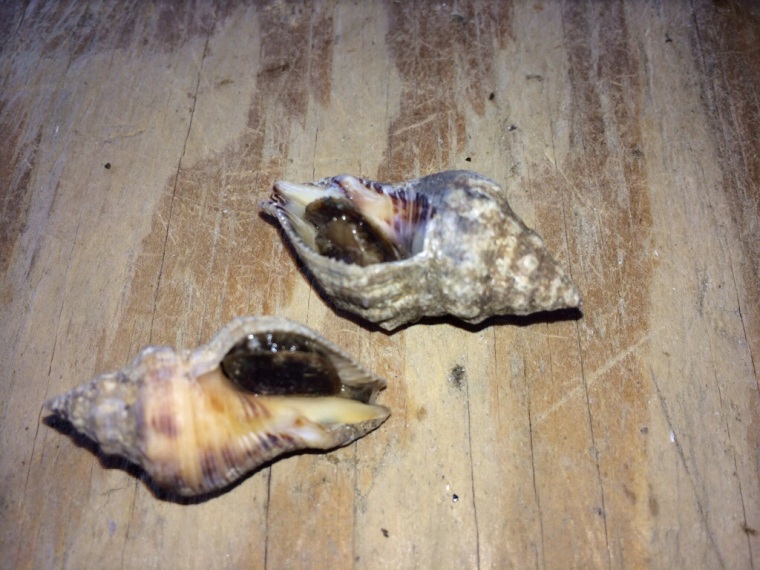This past week 1,300 agricultural focused extension folks from around the nation gathered in Mobile, Alabama for our annual conference. There are always great presentations, posters, vendors, and conversations that provide educational opportunities. But we also have a chance to go on a day tour to learn more about something in the area. This year I selected an oyster and crawfish tour. Certainly not something we have much of in Nebraska, but it was very interesting. Today I want to share with you some of the fun facts I learned about oysters.
— Oysters are animals and can be grown in off-bottom gardens. Off-bottom means the oysters are grown in baskets, bags, cages, etc. that are suspended in the water, versus on the bottom of the water source. Off-bottom gardens protect the oysters from predators and helps keep them safe from getting buried in bottom of the water sediment.

Oyster gardens. You can see how the air jugs help keep the oyster gardens suspended.

An oyster garden in water.
— Oyster gardens are handled weekly until they are harvested. They are sorted based on their size, moved to different containers to best fit their size, are exposed to air to promote optimal health of the oyster (ie limit barnacle growth on the oyster and gardens), and to ensure shell growth is optimal.
— At this time, a good, healthy oyster can be sold for $.50-$.60 each. Sounds like a lot of money until you consider all of the handling and man-hours that are put into oyster farming.

Old oyster shells act as a place for new oysters to grow. Notice the new oysters are only about dime size.
— One female oyster can release more than 20 million eggs in a single spawn! Oysters spawn in 68 degree F water.
— An oyster can filter four gallons of water in one hour!
— A predator of the oyster is the Oyster Drill which permeates the oyster’s shell by making a small hole. It injects a serum that makes the oyster turn to liquid, and then it sucks out the oyster, leaving an empty shell.

The oyster drill
— Mobile has an Oyster Trail. These are large painted shells around the city that have a beautiful painting on them and a fun fact. You can obtain a map of where the shells are located, and write down the facts at each one, and then mail your form back in for a prize!

This is just a small portion of what I learned. For more information on oyster farming and gardens go here and here.

























